Halloween Safety: Understanding Risks Associated with Trick-or-Treating and Pedestrian Accidents
With Halloween fun just around the corner, children will soon be taking to the streets for trick-or-treating. It’s essential to acknowledge the safety risks that accompany this festive night. The excitement of Halloween can lead to an uptick in pedestrian accidents, making it vital for parents and caregivers to be aware of potential hazards and how to reduce them. Understanding these risks, along with practical safety tips and key considerations, can help ensure a fun and safe Halloween experience for everyone.
Understanding the Risks
As night falls on Halloween and the streets fill with eager children ready to gather candy, the surge in foot traffic also heightens the risk of pedestrian accidents. Several factors contribute to these dangers, including:
· Reduced Visibility: Many children wear dark costumes that can blend in with the night, making it harder for drivers to see them.
· Distracted Drivers: With the excitement of Halloween, some drivers may be less vigilant, increasing the likelihood of accidents.
· Crowded Streets: Trick-or-treating often leads to crowded sidewalks and streets, making it difficult for children to navigate safely.
· Hazardous Environments: Poorly lit areas, uneven road surfaces, and obstacles can create dangerous conditions for pedestrians, heightening the risk of accidents involving vehicles and increasing the likelihood of injuries for both children and adults.
Tips for a Safe Halloween
To help ensure a safe Halloween, here are some practical tips for parents and caregivers to prevent injuries:
· Choose Bright Costumes: Opt for costumes that are brightly colored or have reflective elements. Adding reflective tape can enhance visibility and help drivers see children more easily in the dark.
· Supervise Young Children: Always accompany younger children while trick-or-treating. For older children who go out with friends, establish clear safety rules and a designated route to follow.
· Use Sidewalks and Crosswalks: Encourage children to walk on sidewalks whenever possible and to use crosswalks when crossing streets. Remind them to look both ways before crossing and to stay alert for oncoming traffic.
· Be Mindful of Surroundings: Teach children to be attentive while walking and to avoid distractions like phones or electronic devices. Encourage them to stay alert to their surroundings, watching for vehicles and other potential hazards.
Additional Considerations
In addition to these tips, it’s essential to recognize that not all Halloween-related injuries stem from pedestrian accidents. Other risks include:
· Costume Safety: Ensure that costumes are free from hazards such as long capes or loose-fitting elements that can cause tripping. Make sure masks do not obstruct vision, opting for face paint as a safer alternative when possible.
· Candy Safety: Inspect all candy before allowing children to eat it. Discard any unwrapped or suspicious-looking treats to prevent choking hazards or the consumption of unsafe items.
Halloween should be a joyful and safe celebration for everyone. By understanding the risks associated with trick-or-treating and implementing safety measures, parents and caregivers can help ensure a fun and accident-free experience for children. Awareness and preparation are key to navigating the streets safely on this festive night.
If you have questions about pedestrian safety or have been involved in an accident, reach out to Flahavan Law. Our team is here to help you understand your rights and ensure that you receive the support you need. Have a safe and happy Halloween!


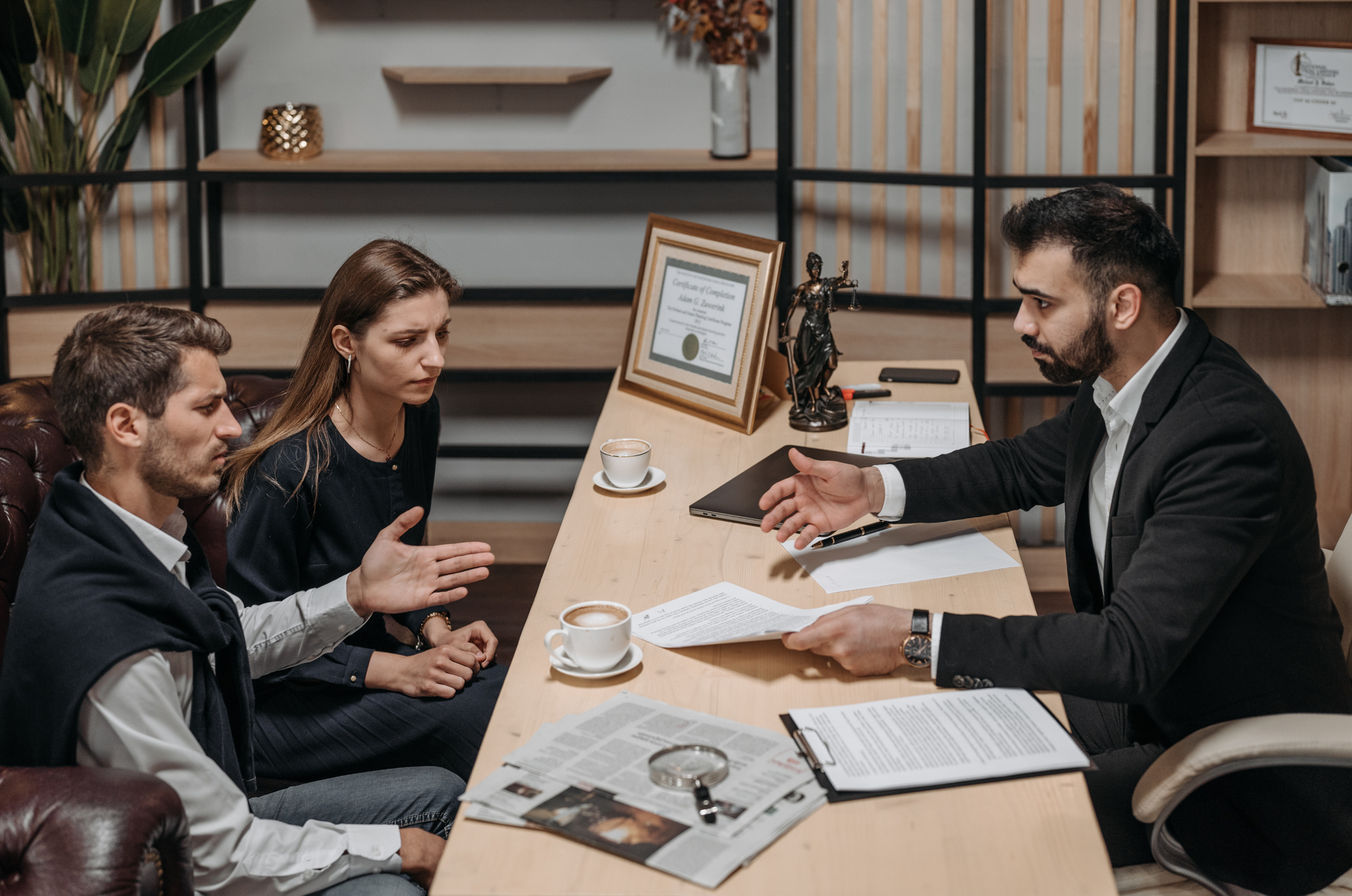
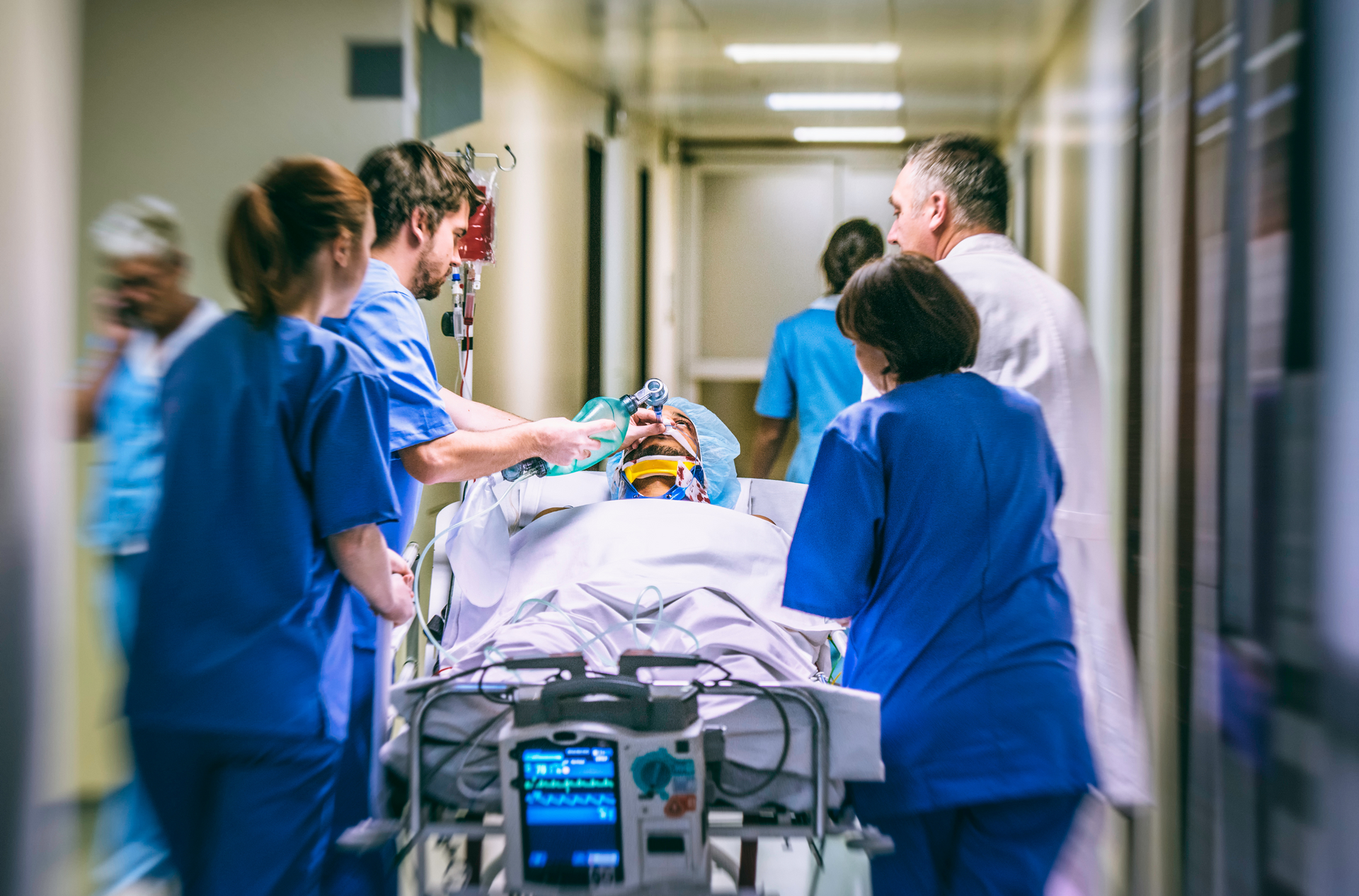

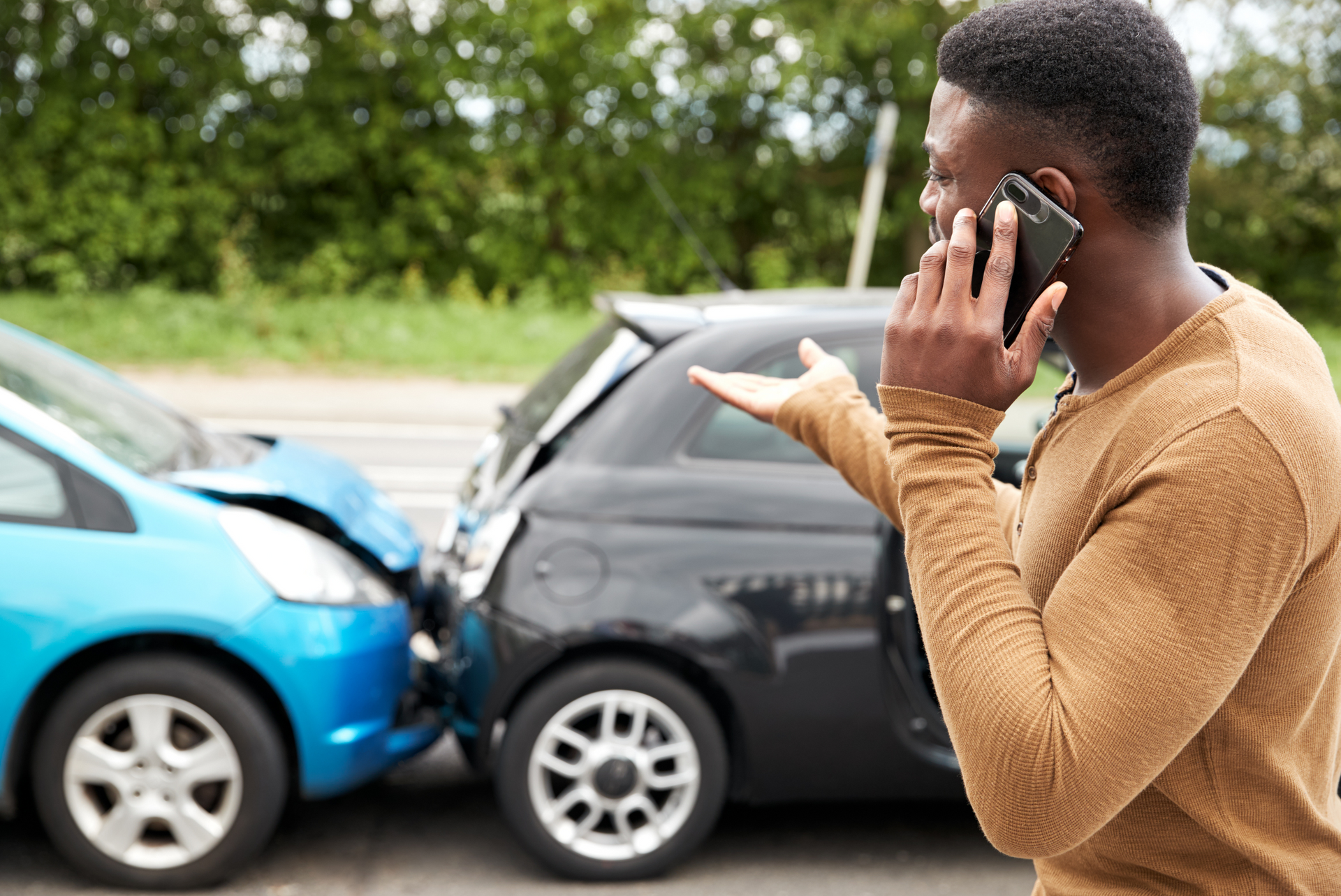
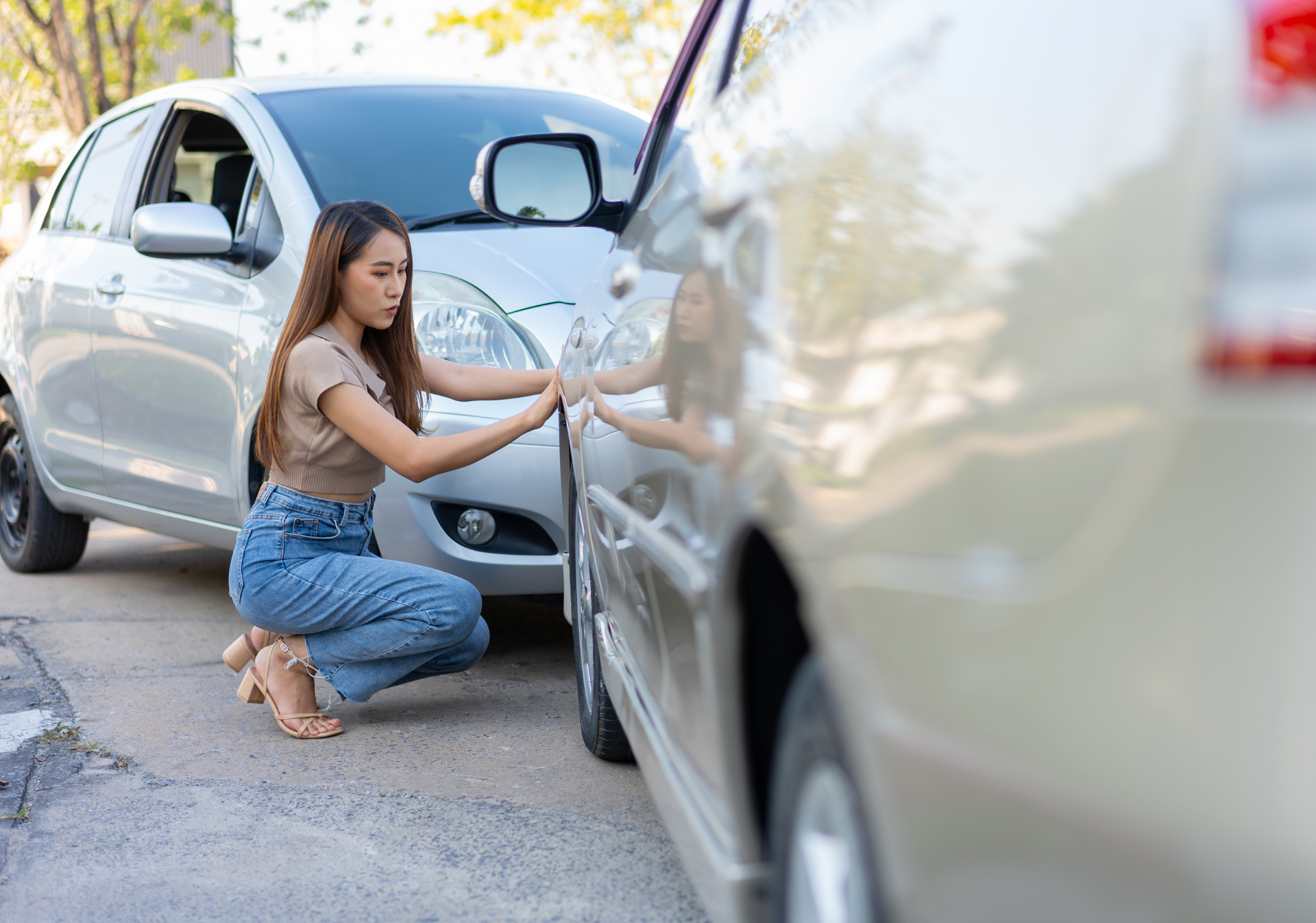

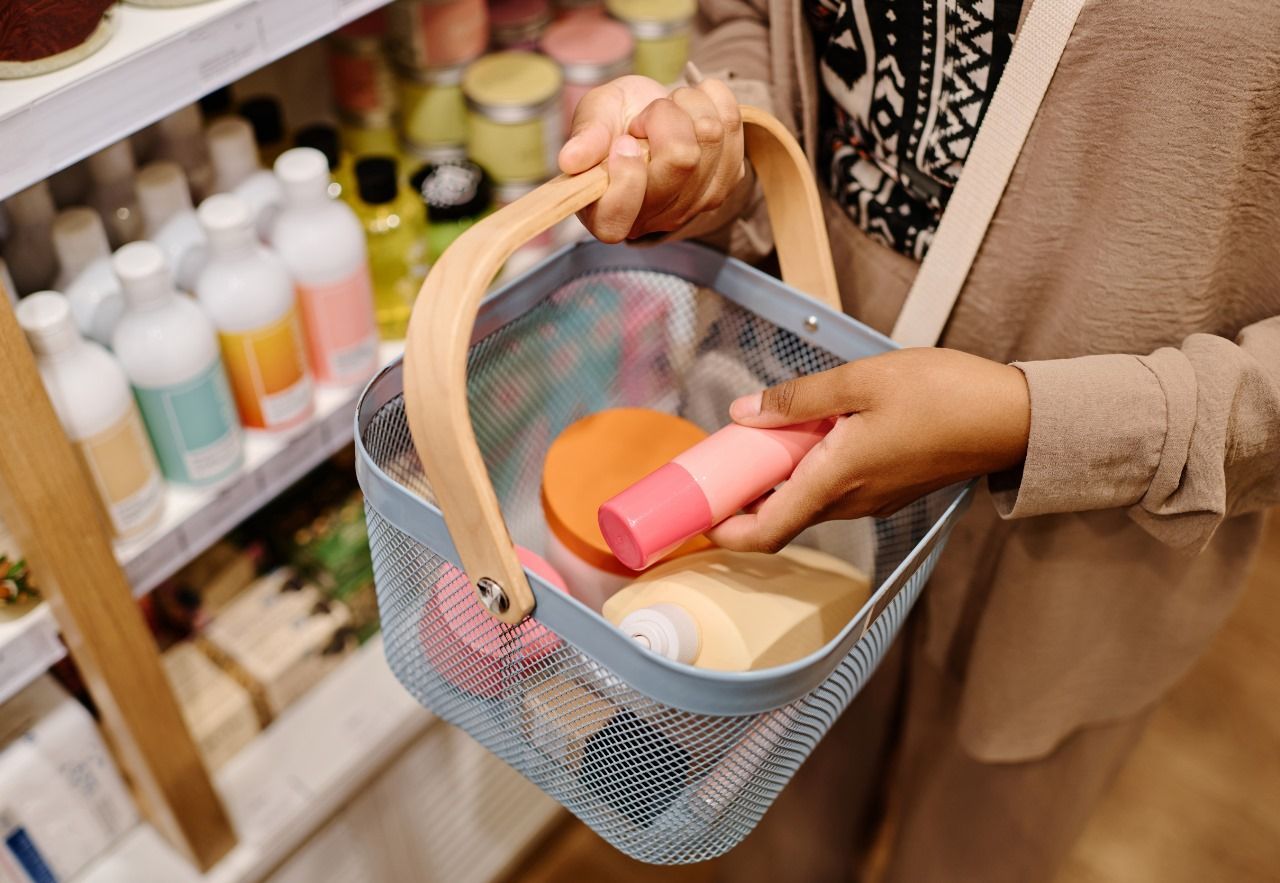
The information on this website is for general information purposes only. Nothing on this site should be taken as legal advice for any individual case or situation. This information is not intended to create, and receipt or viewing does not constitute, an attorney-client relationship.


